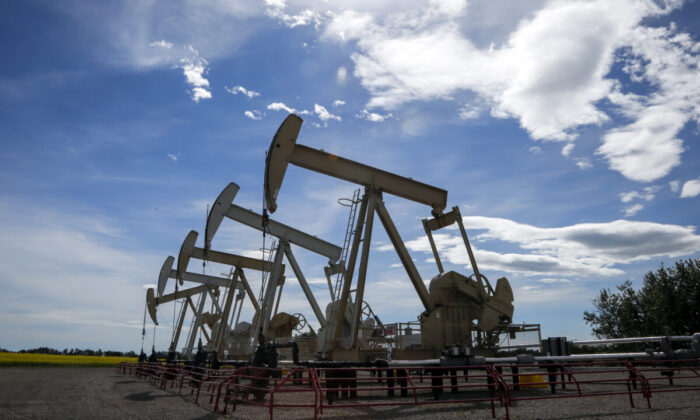According to Alberta’s environment minister, the province’s decreasing emission rates over the past nine years are attributed to innovation rather than regulations. A recent national report highlighted Alberta as one of four provinces that successfully reduced emissions in the previous year.
Schulz expressed that with support from the federal government, Alberta could further enhance its efforts in emission reduction.
Capital Power’s decision to discontinue the project, as announced here, was attributed to current economic constraints. The company, however, expressed interest in revisiting carbon capture and storage initiatives when economic conditions improve.
Schulz criticized Ottawa for reneging on funding commitments for carbon capture projects and related technologies, like the Investment Tax Credit for Carbon Capture, Utilization, and Storage (CCUS). She noted the federal government’s failure to expand the Canada Growth Fund’s Carbon Contracts for Difference, particularly affecting Alberta’s emission reduction projects.
Emphasizing a technology-focused approach, Schulz stated that Alberta aimed to achieve a carbon-neutral economy by 2050 through technological advancements rather than stringent regulations.
Contrary to Schulz’s perspective, Canada’s Environment Minister Steven Guilbeault credited federal regulations for the country’s emission reduction progress. He highlighted the impact of regulations on methane emission reduction within the oil and gas sector, aiming for a substantial decrease by 2025.
Regarding federal investment in carbon capture and storage, Guilbeault suggested that while important, it was not a singular solution to climate change challenges.
After the release of the National Inventory Report on May 2, demonstrating Alberta’s emission decline since 2015, Schulz’s remarks underscored the province’s progress. Despite being a top emitter, Alberta has reduced emissions to 2010 levels, primarily through shifting away from coal and implementing various emission reduction strategies.
However, the report noted that Alberta’s status as a top emitter in Canada persists due to the continuous expansion of oil and gas operations. While most provinces have witnessed emission reductions since 2015, certain provinces like Quebec, Manitoba, and Saskatchewan have remained steady, with British Columbia experiencing an increase in emissions over the past nine years.
Please rewrite this sentence.
Source link





